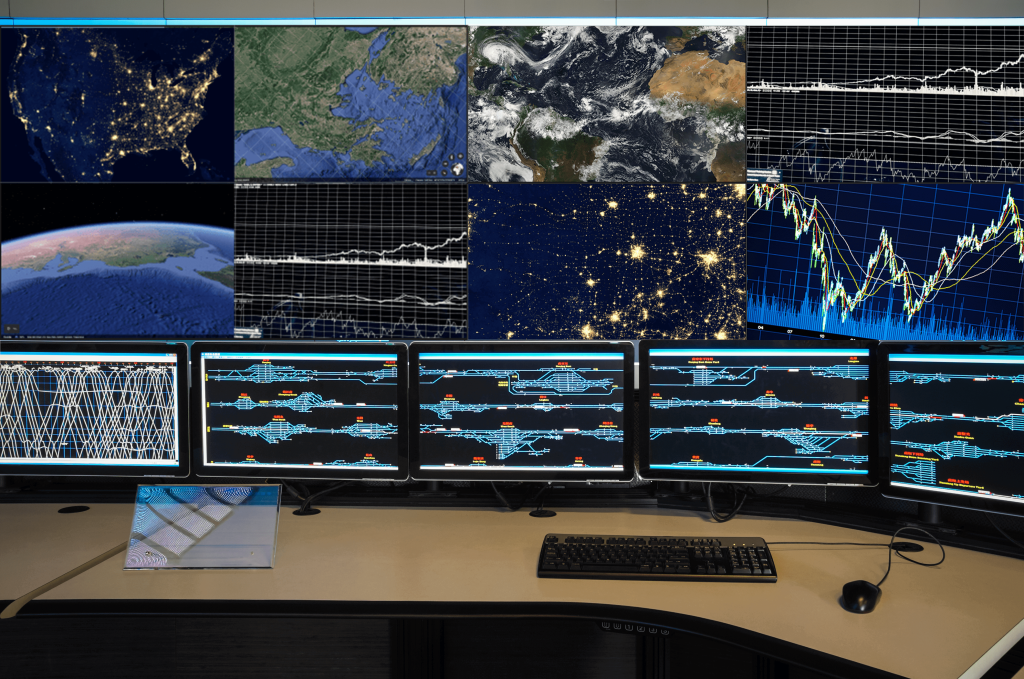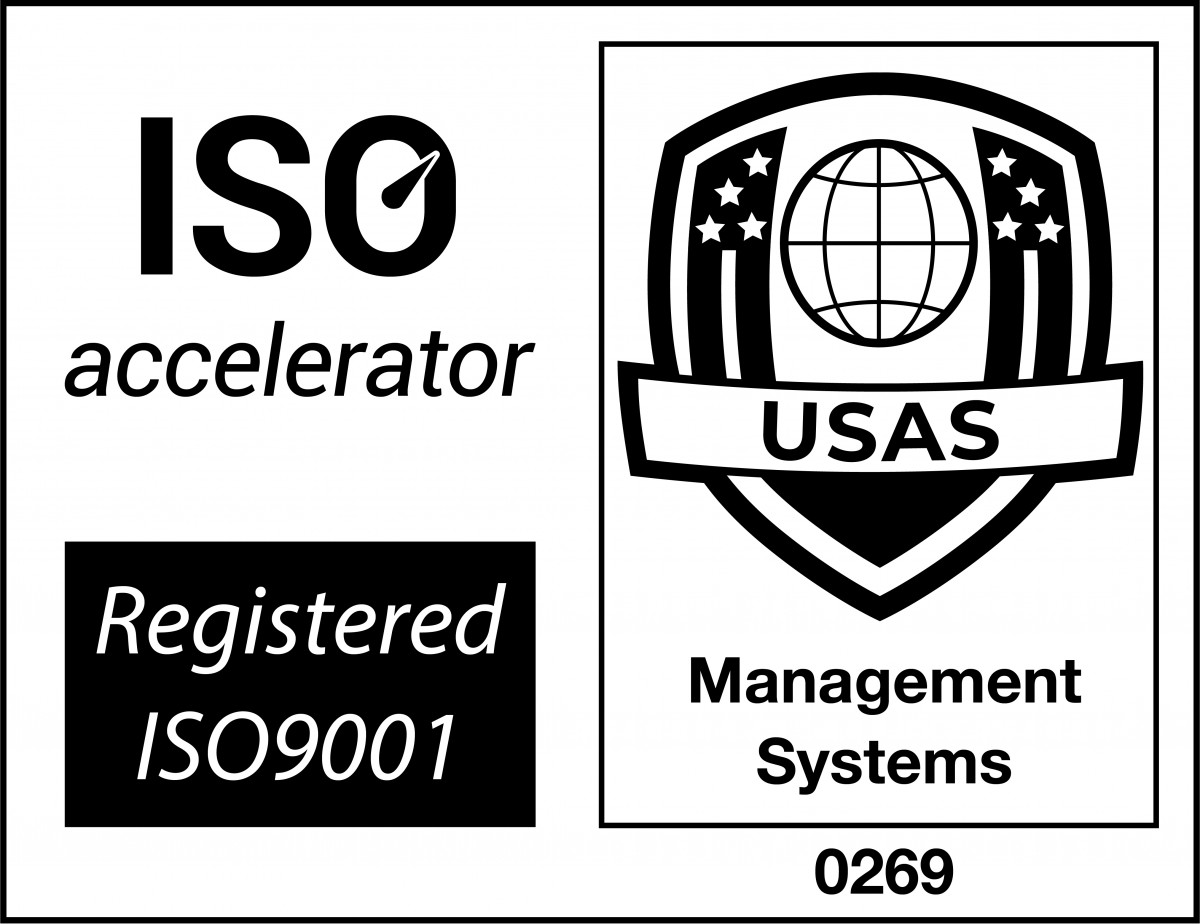Control room processors are the brains behind how a video wall works. They are responsible for a range of essential functions that enable control room operators to monitor, analyse and respond to critical information efficiently.
Read: To learn more about what a video wall processor is, check out this blog post.
In a hurry, jump to:
Control Room Processor Sources
Control Room Video Wall Processor Roles
The role of a control room processor is to manage the display of data, ensuring smooth operation. This allows you to respond efficiently to critical information.
Here are some of the functions a control room processor could provide for your organisation:
- Data Integration – Control room processors consolidate data from diverse sources, including surveillance cameras, sensors, computers, and external feeds, and prepare it for display on the video wall.
- Video Scaling and Resolution Management – Processors ensure that the content displayed on your video wall is appropriately scaled and optimised for the display’s resolution, guaranteeing the highest quality visuals.
- Content Placement and Arrangement – Operators can customise the layout of the video wall, positioning the content sources in the most effective location for monitoring and analysis.
- Real-time Updates – Processors enable the video wall to update in real-time, ensuring that operators have access to the latest data and information, crucial in fast-paced environments.
Have a video wall control room project? Contact us today and we’ll help you find the right solution for your requirements.
Control Room Video Wall Processor Sources
When choosing a processor, it’s important to know exactly what your requirements are and what sources you plan to display across your video wall. Do you want to display CCTV footage across your video wall, or maybe showcase a range of sensor data to monitor? Processors will each have a variety of features so you need to find one that is compatible with the data sources you wish to use.
We’ve put together a list of sources you may want to consider for your control room.
Examples of sources
- Live Camera Feeds – Control rooms often rely on live camera feeds for monitoring security, surveillance, or critical operations. Integrating these camera sources into the video wall controller allows operators to have real-time visual access to different areas.
- Computer Workstations – Integrating computer workstations with your processor allows you to display data analysis, software applications and communications to everyone in the control room simultaneously, offering quicker and more effective collaboration.
- External Sources and Inputs – External sources like HDMI, DVI, VGA, or SDI inputs can be connected so you can display content from external devices on your video wall.
- Sensor Data – Sensors provide data such as temperature, humidity and pressure, all of which can be crucial for various industries. Connecting your sensor data to your video wall processor allows operators to monitor these conditions and respond quickly to changes.
- Network Data and Servers – With this information on display you can monitor the health of the network and keep track of its performance.
- Emergency Alerts and Notifications – Integrating your alert systems with your processor ensures notifications of emergencies and critical events will be seen immediately allowing for a quick response.
Considerations
The key detail you need to know when selecting your control room processor is how many sources you will connect. This will ensure that your processor is capable of handling your requirements straight away. It’s also a good idea to consider scalability and expansion. You may wish to increase the size of your video wall or find you have more sources to connect.
Another very important consideration is how you will be connecting your sources. In most cases, you’ll have devices that connect via HDMI/DVI or through IP streams such as your CCTV. CCTV cameras usually provide an RTSP stream that follows ONVIF protocols, meaning it can work together with products from other brands seamlessly. Make sure that your chosen control room processor has a capture card that allows it to load such streams.
KVM solution
A KVM solution is particularly useful for a control room setup and something you should consider. For example, you may want to display content from your server in your control room. However, the server is based a distance away from your video wall. A KVM module allows you to control the server remotely through your PC and then push the content to the video wall. This is also useful if you have various sources that require you or an operator to remote access them. You may want them to inspect certain settings while also having the ability to push that content to the display. Take a look at the LamasaTech KVM control room solution in action below.
With the right control room processor, you can harness the full potential of your video wall system. You’ll be able to enhance situational awareness, facilitating faster decision-making and ultimately improving operational efficiency.
Ready to add a processor to your control room video wall?
We’d love to hear about your project, so get in touch and we’ll help you find your ideal solution.
LamasaTech provides advanced video wall processors for LED and LCD video walls. Built using embedded systems that allow for real-time response, our processors offer full control over your range of sources.




